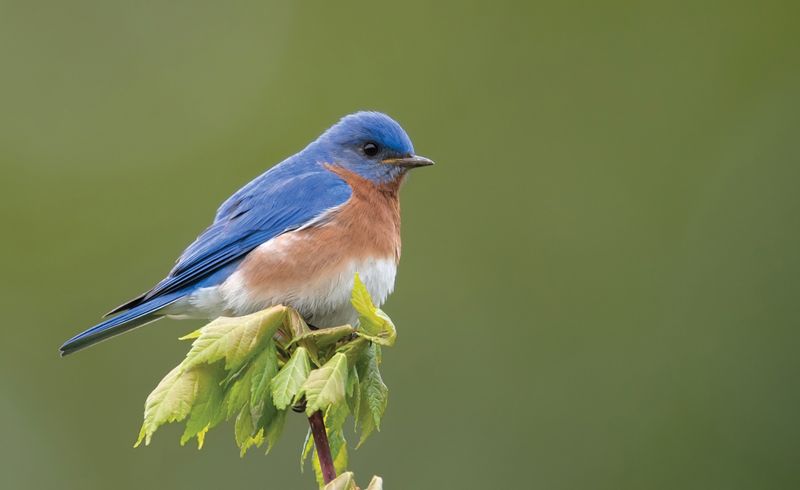Local Birding Trails

With over 430 bird species documented in Alabama, there's more to see here than you can imagine. Over 15 years in the making, the system of eight trails highlights the best public locations available to watch birds year-round. Alabama provides critical habitat for hundreds of bird species, from the endangered Red-cockaded Woodpecker to the now flourishing Bald Eagle. Interest in wildlife observation continues to grow, and more and more people want to explore our amazing biodiversity, which makes us second only to Florida in the Eastern U.S. in total number of species of plants and animals. The Birding Trails project provides a major attraction for nature-loving tourists, while offering exciting birding opportunities for Alabama's school groups, families, and seasoned birders.
The eight Alabama Birding Trails unify existing and potential birding sites into a series of cohesive trails and loops that are collectively marketed as part of a state-wide system.
Fox Creek offers good access for birding where Fox Creek empties into Lake Wedowee, adjacent to the Fox Creek boat ramp. The terrain attracts a wide variety of birds from herons to hummingbirds. More than 1.5 miles of walking paths have been fully developed, with another mile of rustic trail available and much more in the works.
Expect to see swallows and Purple Martins in spring and summer, and Belted Kingfishers, wading birds, and Wood Ducks throughout the year. During the winter months, additional waterfowl, gulls, and terns appear. Keep your eyes peeled for Ospreys and Bald Eagles.
Wedowee Kiwanis Park offers several distinctly different habitats in a relatively compact site. The park may produce a few songbirds, particularly in migration. The most productive birding will likely be the woods beyond the parking area, which should produce a variety of songbirds all seasons. Leave the ball field-area woods, and follow to a small stream spanned by a covered bridge. The open field may yield some birds of open fields, such as Eastern Meadowlarks, Eastern Kingbirds (warmer months), and Northern Bobwhites. Explore the often wet habitat for Eastern Towhees, Carolina Wrens, and Chipping, Field, and Song Sparrows all year. These birds are joined by wintering songbirds such as Dark-eyed Juncos, Swamp Sparrows, Winter Wrens, Ruby-crowned Kinglets, Hermit Thrushes, and others from autumn through spring.
The wooded areas here are excellent for seeing most of the state's woodpeckers, and the Pileated and Hairy Woodpeckers and present in good numbers here. Continue and you will see a display of antique farm equipment. There are Eastern Bluebirds and Barn Swallows here. The surrounding woods are good for warblers, tanagers, and thrushes, as well as a variety of flycatchers.
Kiwanis Park is adjacent to a major highway, and should prove to be safe and pleasant in all seasons and times.
Originally posted by Lake Wedowee Life magazine via Locable
Lake Wedowee Life magazine
104 W Broad Street
Wedowee, AL 36278
(256) 357-4557
www.LakeWedoweeLife.com
